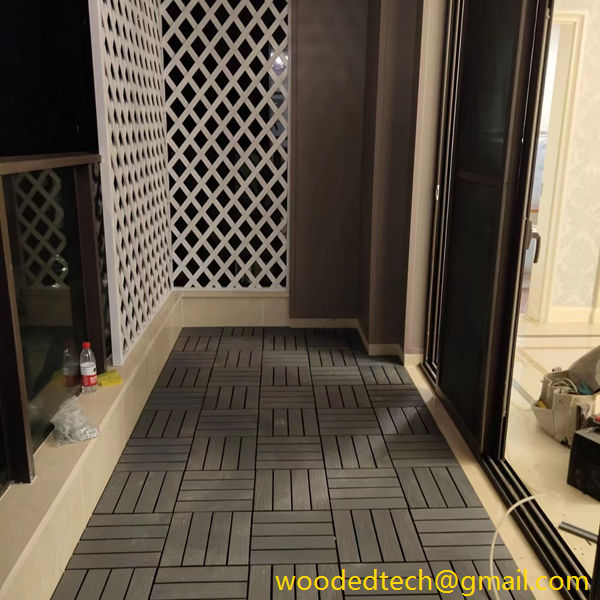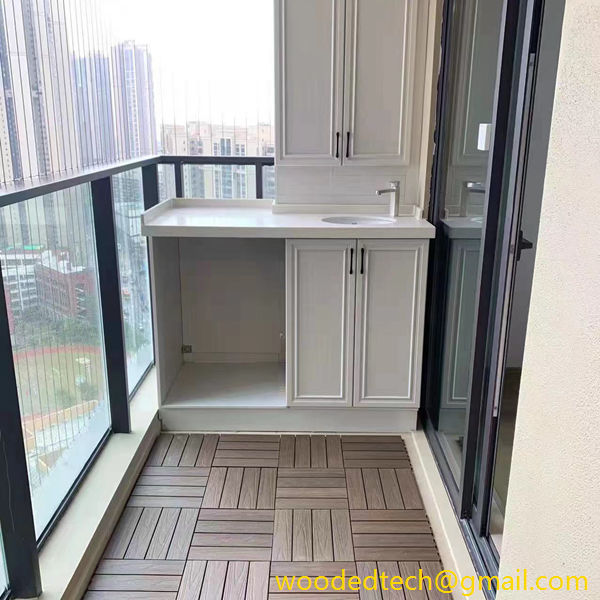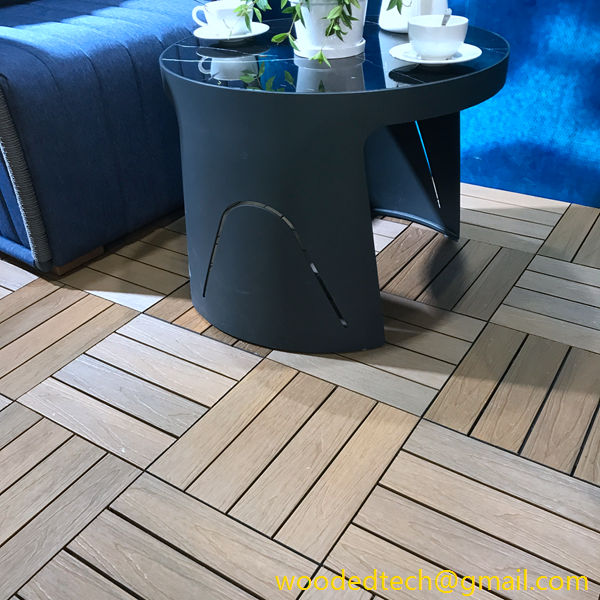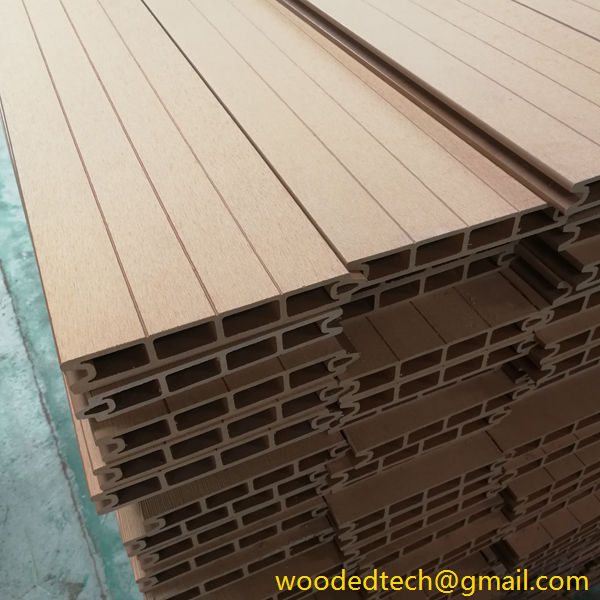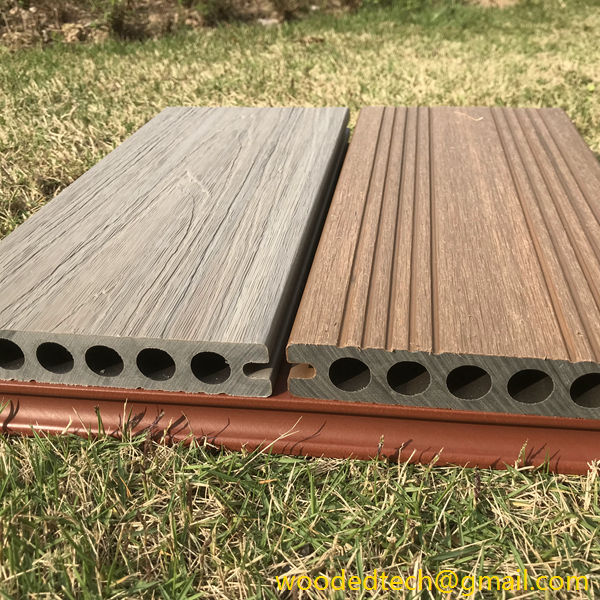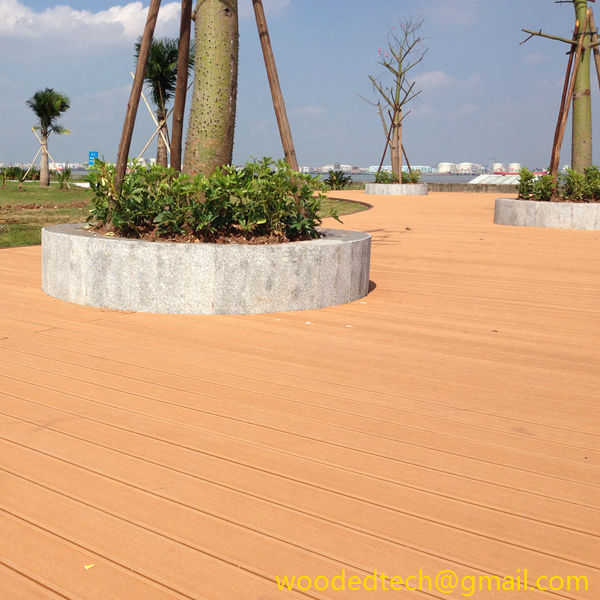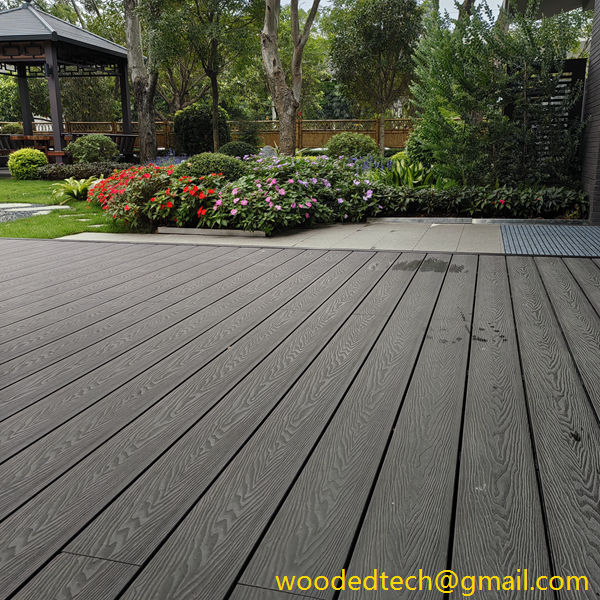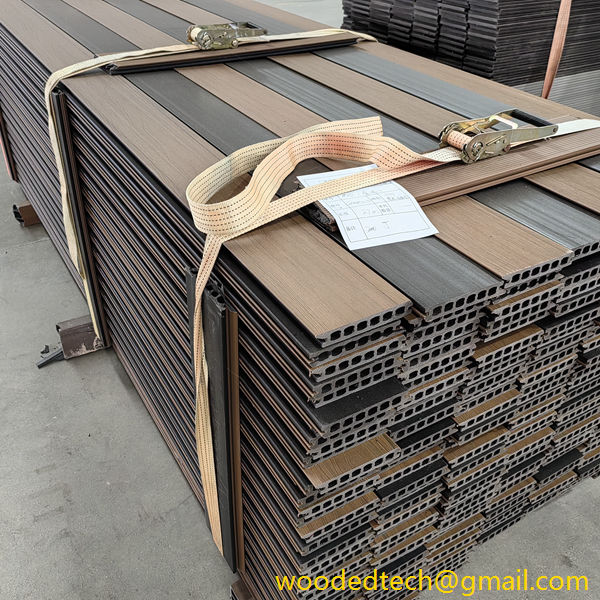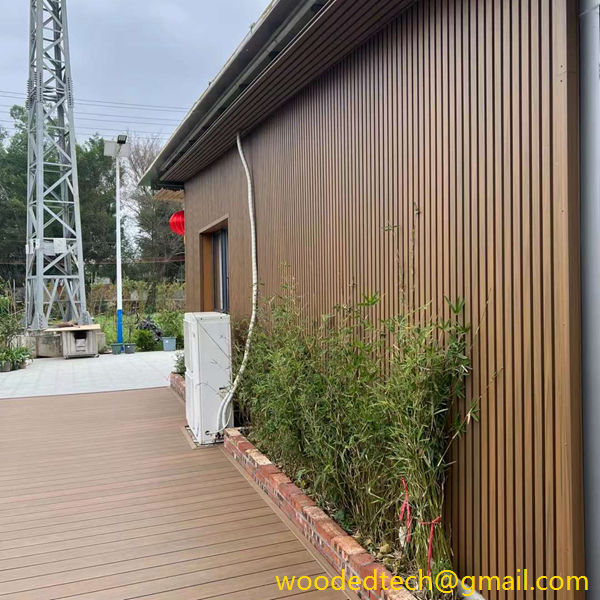DIY WPC Decking Projects for Homeowners Looking to Enhance Outdoor Spaces
DIY WPC Decking Projects for Homeowners Looking to Enhance Outdoor Spaces In recent years, homeowners have increasingly turned to DIY (Do It Yourself) projects to create beautiful outdoor spaces. One of the most popular materials for decking is WPC, or Wood Plastic Composite. This innovative material combines the best characteristics of wood and plastic, making…
DIY WPC Decking Projects for Homeowners Looking to Enhance Outdoor Spaces
In recent years, homeowners have increasingly turned to DIY (Do It Yourself) projects to create beautiful outdoor spaces. One of the most popular materials for decking is WPC, or Wood Plastic Composite. This innovative material combines the best characteristics of wood and plastic, making it an ideal choice for those looking to enhance their outdoor living areas. If you are a homeowner contemplating a DIY WPC decking project, you are in for an exciting journey that will not only beautify your outdoor space but also provide a functional area for relaxation and entertainment.
Understanding WPC Decking
WPC decking is made from a mixture of wood fibers and recycled plastic. This combination provides the aesthetic appeal of traditional wood while offering enhanced durability and resistance to weather, insects, and decay. WPC decking is also low-maintenance, requiring only occasional cleaning with soap and water to maintain its appearance. Additionally, it is available in a variety of colors and textures, allowing homeowners to customize their outdoor spaces according to their personal style.
Planning Your DIY Project
Before diving into your WPC decking project, it is essential to take some time to plan. Start by assessing your outdoor space. Consider the size and shape of the area where you want to install the decking. Are you looking to create a small seating area, a large entertaining space, or a walkway? Take precise measurements and sketch out your design. This will help you visualize the final outcome and provide a guide for purchasing materials.
Next, consider the materials you will need. In addition to WPC decking boards, you will require support structures such as joists and beams, as well as fasteners and connectors. It is advisable to consult with a local supplier to determine the best materials suited for your specific project. They can also provide you with information on the amount of material needed based on your measurements.
Gathering Tools and Materials
Once you have a clear plan, it is time to gather your tools and materials. Essential tools for a WPC decking project include a measuring tape, saw (preferably a miter saw for clean cuts), drill, level, and safety gear such as gloves and goggles. Having the right tools on hand will make the installation process smoother and more efficient.
When purchasing WPC decking materials, consider opting for high-quality products to ensure longevity and performance. Many manufacturers offer warranties on their WPC decking, which can provide additional peace of mind. Additionally, check local building codes and regulations to ensure that your project complies with any necessary requirements.
Installation Process
The installation of WPC decking can be a rewarding experience, especially when you see your vision come to life. Begin by preparing the area where you will install the decking. Clear away any debris, vegetation, or old decking materials. Ensure that the ground is level and stable, as this will provide a solid foundation for your new decking.
Next, install the support structure. This typically involves laying down joists at regular intervals, ensuring they are level and securely fastened. Many homeowners choose to use a hidden fastening system for a seamless appearance, which is a feature of many WPC decking products. Follow the manufacturer’s instructions carefully during this phase, as proper installation of the support structure is crucial for the durability of the decking.
Once the support structure is in place, you can begin laying down the WPC decking boards. Start from one edge and work your way across, securing each board in place with the appropriate fasteners. Make sure to leave adequate spacing between the boards to allow for expansion and contraction due to temperature changes. A gap of about 1/8 inch is typically recommended.
After all the boards are installed, take a moment to inspect your work. Ensure that everything is secure and level. If you have opted for any railings or steps, install them according to the manufacturer’s guidelines. This will not only enhance the safety of your outdoor area but also add to its overall aesthetic appeal.
Finishing Touches
With your WPC decking installed, it’s time to add the finishing touches. Consider incorporating outdoor furniture, such as chairs, tables, and loungers, to create a comfortable space for relaxation and entertainment. Adding planters with flowers or greenery can also bring life to your new deck.
Lighting is another important aspect to consider. Solar-powered lights or string lights can create a warm and inviting atmosphere, allowing you to enjoy your outdoor space even after the sun goes down.
Conclusion
Embarking on a DIY WPC decking project is a fantastic way for homeowners to enhance their outdoor spaces. The combination of durability, low maintenance, and aesthetic appeal makes WPC an excellent choice for decking. With careful planning, the right materials, and a bit of elbow grease, you can create a beautiful outdoor retreat that you and your family will enjoy for years to come. Whether you are hosting summer barbecues, relaxing with a good book, or simply enjoying the fresh air, your new WPC deck will undoubtedly become a cherished part of your home.

